As a public health professional working in the field of non-communicable diseases (NCDs) for the past decade, I realised that changing lifestyles are important and are the key to healthy living. With the milieu of information going around through social media and self- proclaimed experts, it is the need of the day to bring out evidence based, practical approach to holistic management of NCDs. Hypertension, among all NCD’s is often overlooked and goes untreated and undiagnosed by both patients and doctors. The awareness around high blood pressure has been low with a focus on pharmacological management.
As a person working on primary healthcare, we need to shift our efforts towards primary prevention and restart working on the totality of disease and the totality of management of disease as well. Like most NCDs, Hypertension also is one the lifestyle diseases, where lifestyle plays a major role in its etiology and as maintaining factor both. Working with the healthcare professionals, I have realised that we have all moved towards being a specialist and have left a multimodal approach to changing lifestyles way behind us.
In view of this, the Book on Lifestyle management was conceptualized to cater to the multimodal, multi-disciplinary approach to management of NCDs especially hypertension. This book is divided into 7 modules and is aimed at non-pharmacological intervention techniques.
The book starts with the introduction to hypertension and a basic understanding of the anatomy and physiology of hypertension. In very easy to understand language, the risk factor of hypertension- both modifiable and non-modifiable have been dealt with. It is of utmost importance for the students, practitioners, holistic experts, nurses, dietitians, primary healthcare providers to understand the progression of the disease to be able to plan the intervention.
In the next module, the focus is on dietary management and developing a nutrition plan. This module deal with the different diets which have been proposed to be effective like the Mediterranean diet, the Therapeutic Lifestyles Diet and the American Heart Association diet among others. The highlight of this module is the inclusion of the Indianied DASH (Dietary Approach to Stop Hypertension) diet and the management guidelines for Indians. The unique feature of this module is the concept of salt and sugar as an addiction and the strategies that can be applied for ‘deaddiction”. Both salt and sugar have been known to impact the outcome of NCDs.
The next module shifts the focus to physical activity interventions. This module has been designed keeping in mind the need for exercise testing, variations in exercise prescription for different population sets (children, adults, women etc), and a typical exercise prescription. This module is set apart from all other books, as it has a chapter dedicated to Yoga and different Yoga Asanas intended specifically for hypertension management.
The module on Stress management is a newly developed concept, which has not been talked about much while dealing with lifestyle changes. In today’s fast paced life, managing time, identifying triggers to stress, and developing habits needs behavioral changes. This aspect needs to be implemented with care and is a slow process requiring regular follow ups. This module has wonderfully covered all facets of stress and its management and makes it easy for the reader to apply in day to day practice.
Addictions in our society are rampant, and often go unattended to. Dealing with habits and addictions, requires specific skills and tools. This module on Habits and Addictions has been written with the intention of helping the reader develop a deaddiction plan. A unique feature in this module is the inclusion of screen time as an addiction, apart from tobacco, alcohol and substance abuse.
Most of us, when practicing in community and hospitals, come across varied population sets. It thus is important to understand the changes in physiology among different populations- Old Age, children, young adults, pregnancy- and plan an intervention for them. This book includes the non-pharmacological management in each of these populations in depth.
Last but not the least, it is important for all of us to stay abreast with the latest guidelines and technology. This last module is unique in giving a holistic approach to hypertension a completely fresh perspective. This module has been included to compare the different hypertension guidelines, methods for measuring blood pressure and practices for monitoring hypertension. With the growing use of telemedicine, we have included a chapter on use of telemedicine and tele-consulting.

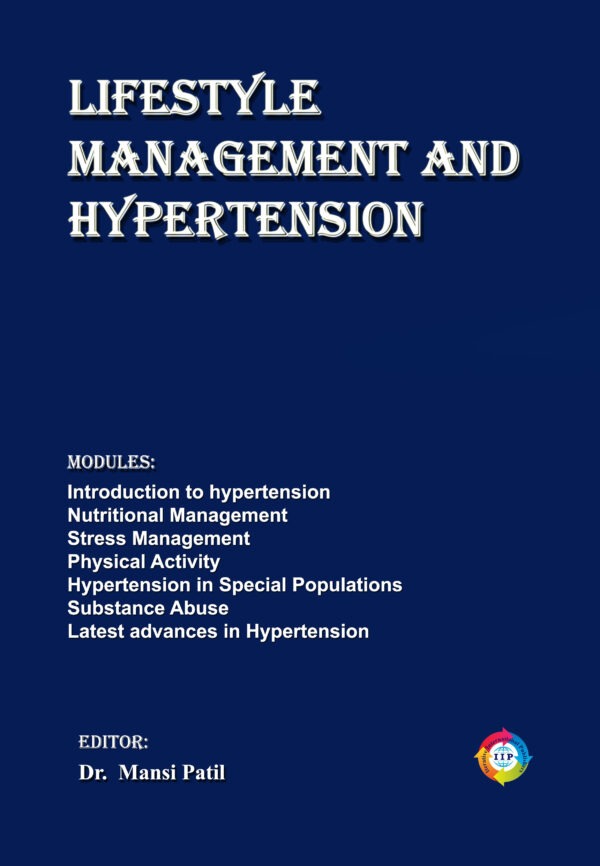
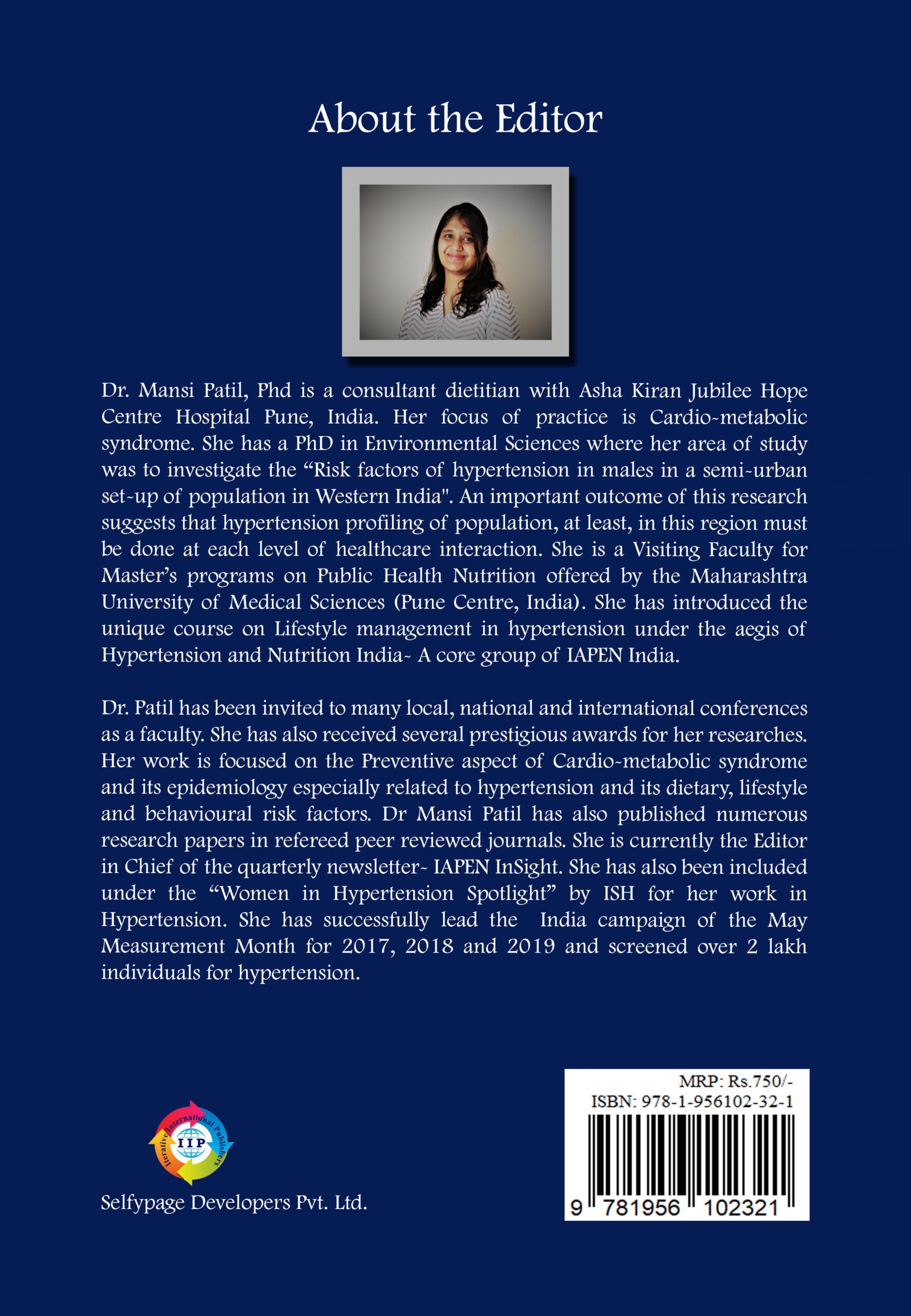

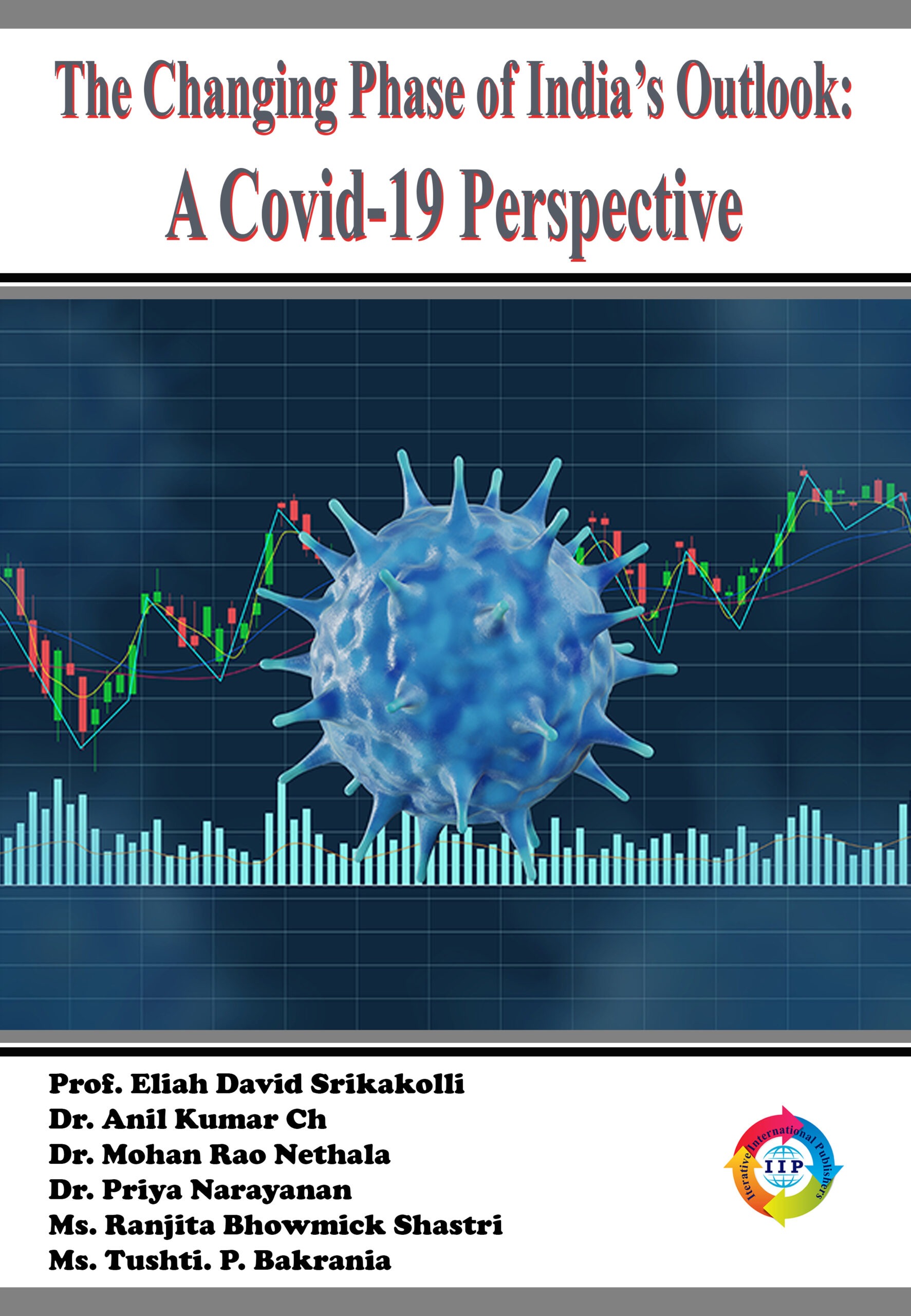

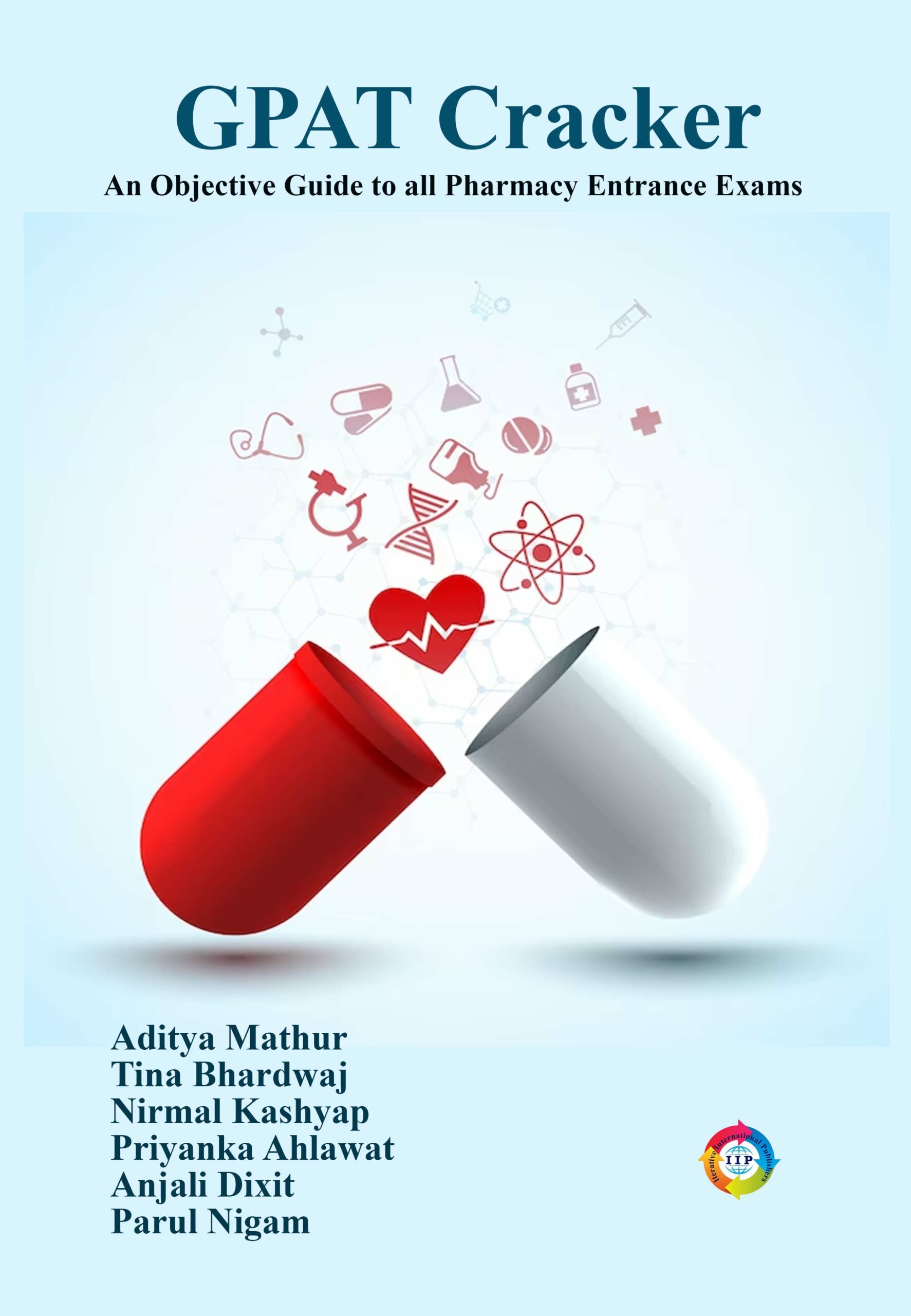
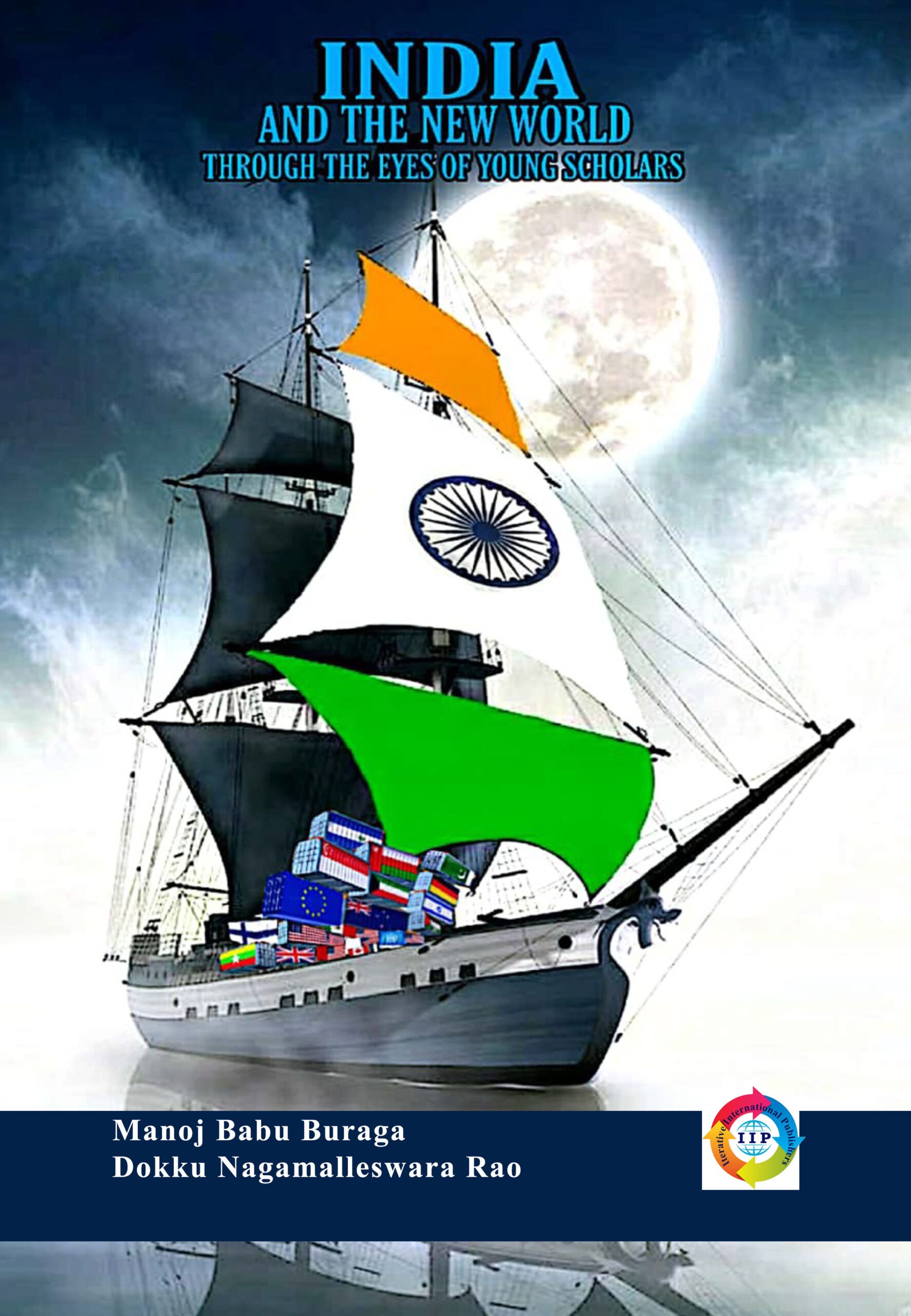
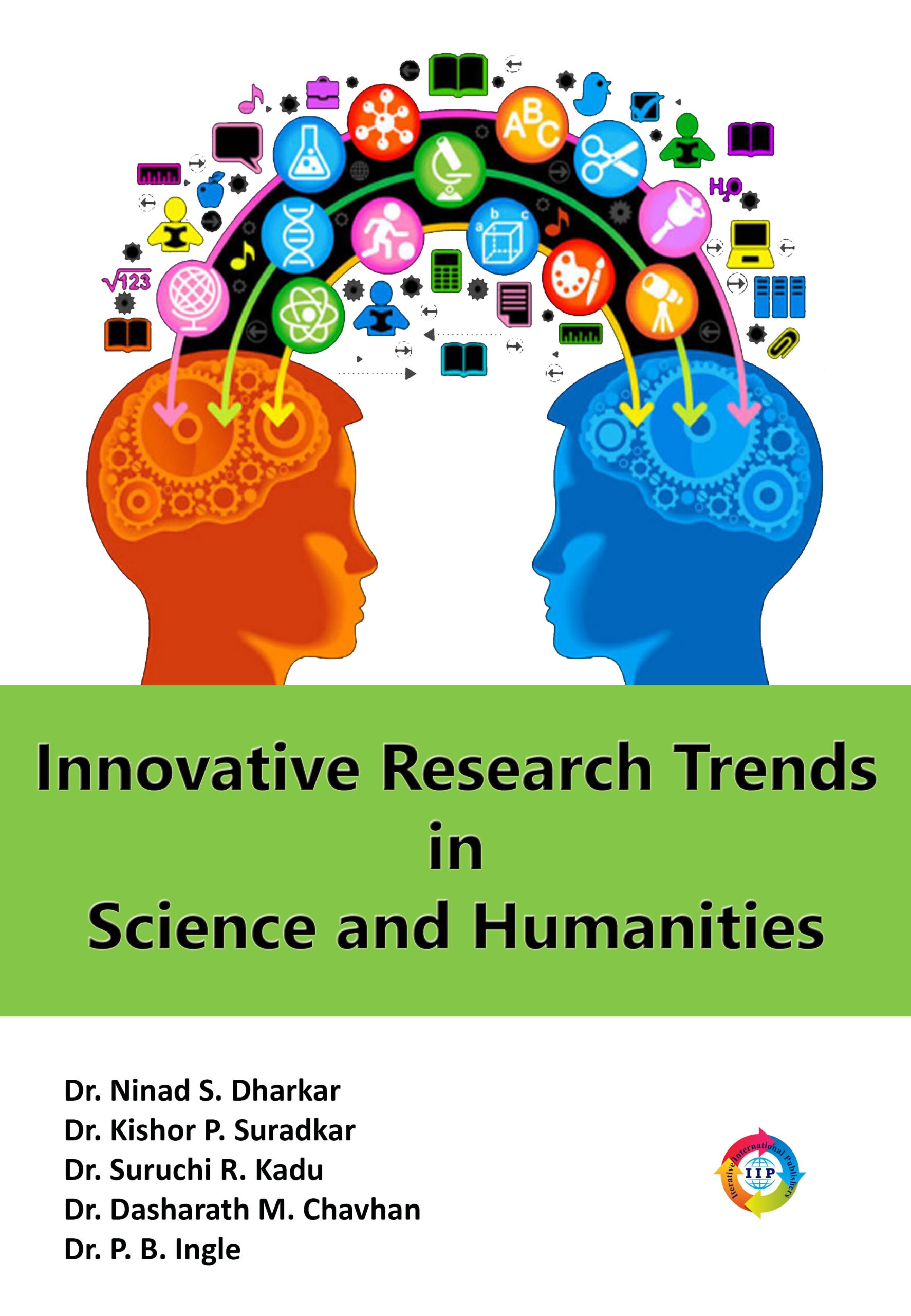
Reviews
There are no reviews yet.